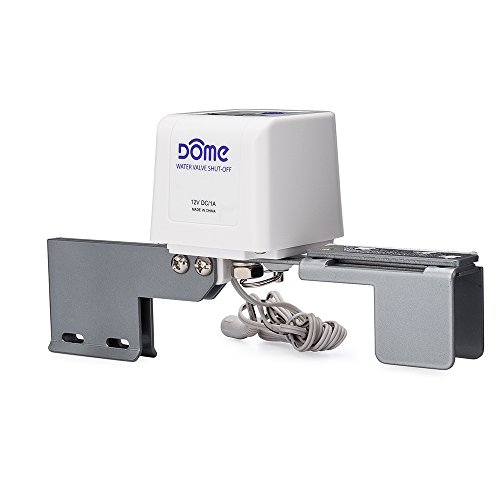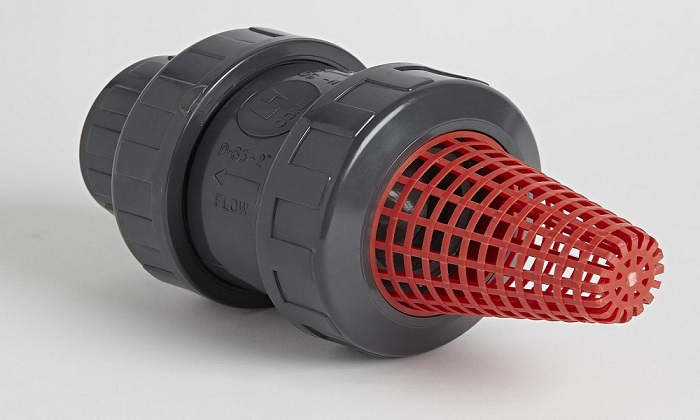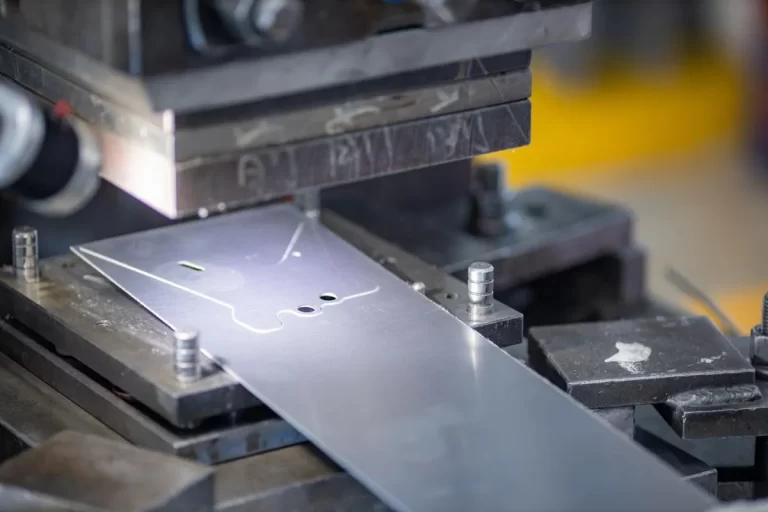Unlocking the Potential of the Hammer: A Comprehensive Guide for Construction Professionals
In the realm of construction, the hammer stands as a quintessential tool, indispensable in various tasks from driving nails to breaking concrete. This article delves into the intricacies of hammering techniques, shedding light on its importance, types, and best practices. Additionally, we explore how geotextile materials can enhance hammering efficiency and durability in construction projects.

What are the Different Types of Hammers Used in Construction?
Hammers come in various shapes and sizes, each designed for specific tasks. Some common types include claw hammers for driving and removing nails, ball-peen hammers for metalwork, sledgehammers for heavy-duty tasks like demolition, and framing hammers for framing and carpentry.
How Can Geotextile Materials Enhance Hammering Efficiency?
Geotextiles are synthetic materials engineered to improve soil stability, drainage, and erosion control in construction projects. When used as a base layer beneath surfaces like roads or pavements, geotextiles distribute load evenly, reducing the risk of surface deformities. By reinforcing the ground, geotextiles provide a stable foundation for hammering activities, minimizing the impact on surrounding structures and enhancing overall efficiency.
What Safety Measures Should be Practiced When Using Hammers?
Safety should always be a priority when handling hammers. Workers should wear appropriate personal protective equipment (PPE) such as gloves and safety goggles to prevent injuries. Additionally, maintaining a firm grip on the hammer, using it with precision and control, and avoiding overexertion can help prevent accidents. Proper storage of hammers in designated areas away from children or unauthorized personnel is also crucial to prevent mishaps.
How Can Hammering Techniques Improve Construction Quality?
Mastering hammering techniques is essential for ensuring precision and quality in construction projects. Properly driving nails at the correct angle and depth prevents loosening and enhances structural integrity. Moreover, employing the right hammer for each task minimizes the risk of damage to materials and reduces rework. By honing their hammering skills, construction professionals can deliver projects of superior quality, meeting or exceeding industry standards.
The hammer remains an indispensable tool in the construction industry, serving a myriad of purposes from fastening materials to demolition. Understanding the different types of hammers, practicing safety measures, and mastering hammering techniques are crucial for achieving optimal results in construction projects. Moreover, incorporating geotextile materials can further enhance efficiency and durability, providing a stable foundation for hammering activities. By synergizing traditional tools with innovative materials, construction professionals can elevate the quality and longevity of their projects.




